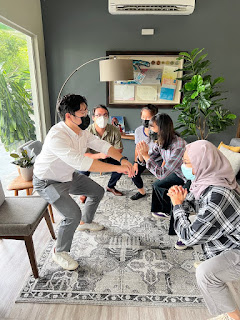I came across an interesting article summarizing the evidence of the relationship between muscle forces acting on the ACL. This is important since muscles around the knee can increase and decrease the strain and mechanical loads on the ACL. This presents opportunities for preventive intenventions.
Subsequently, our staff had interesting discussions regarding that article (referenced at the end of this post). The article demonstrated the forces acting on the knee joint and what can cause injuries there, specifically, what can hurt the ACL.
The article reviewed muscle and and ACL loads during knee bending as well as weight bearing tasks like walking, lunging, landing, jumping and sidestep cutting.
Ready for the results? The quadriceps (thigh muscles) and gastrocnemius (calf muscles) increases load on the ACL due to anterior shearing forces at the tibial (shin bone). This is especially so when the knee is straightened.
The hamstrings and soleus (deeper calf muscles) helps to unload the ACL by generating posterior tibial shearing forces. For the hamstrings to 'protect' your ACL, your knee has to be bent at least 20 to 30 degrees.
 |
| R gluteus medius |
Surprised?
Patients who have been been told to strengthen their quadriceps (especially after ACL reconstruction) were really surprised when we told them. Make sure you focus on your hamstrings and soleus muscles instead.
The muscle to rule them all is of course the gluteus medius. Our patients will now understand why we always ensure their gluteus medius muscle is strong to prevent knee pain, Achilles tendon and of course ACL injuries.
Now you know.
Reference
Maniar N, Cole MH, Bryant AL et al (2022). Muscle Force Contributions To Anterior Cruciate Ligament Loading Sports Med. DOI: 10.1007/s40279-022-016743





No comments:
Post a Comment